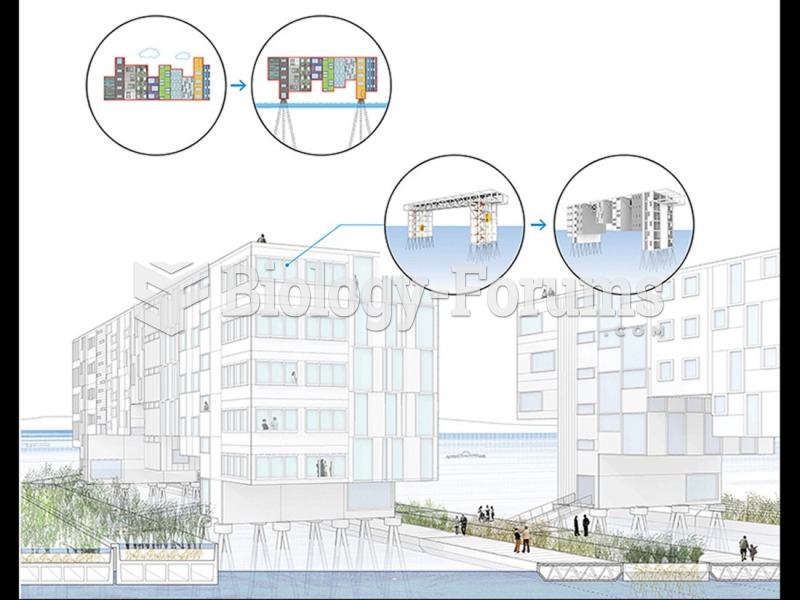Answer to Question 1
ANSWER: There is relatively little chance for a tsunami in this area, unless a catastrophic landslide in the Canary Islands due to collapse of the Tenerife Volcanos flank occurs. An event like this is extremely unlikely, but possible.
Boston would be a dangerous place to be in a tsunami. The harbor would increase the effects of the wave, and evacuation would be very difficult.
Boston is pretty far north. The danger of winter weather is much, much more important than tsunami danger. Windstorms and hurricanes can reach that far north, so they would be more important to think about also.
Answer to Question 2
ANSWER: Here is a sample response:
I would want to get higher and further away from the coast immediately, because I think a tsunami is coming. It might be easier to get far away from the beach if I got my car, but that will take a while and there may be traffic on all of the streets. The boardwalk is bound to be crowded and traffic will be bad on that side, even if I have a straight road inland. I dont have time to drive. I aim to get above the waterline first, then worry about distance. I leave my stuff on the beach and run for the stairway on the cliff. Once Im at the top, I will run for the hill on that side of town. Once I get there, it would probably be a good idea to see if I can get to a high floor in a building or onto somebodys roof.
A successful answer will -
- identify the importance of gaining both height and distance.
- emphasize an immediate, speedy response, e.g. running, leaving possessions behind, choosing the quickest route.
- must select foot travel at the west side of the beach as the best immediate escape route due to the height and location and other complications
- must include travel beyond the cliff to maximize safety
Creative responses that involve illegal activity (e.g. stealing a bicycle, motorcycle, or emergency vehicle) should be graded on their avoidance of danger, not legality.







